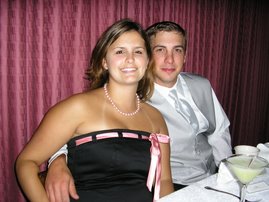
By: Henry Wadsworth Longfellow
Illustrated by: Jeffrey Thompson
Many people are familiar with this famous account of Paul Revere's ride through the thirteen colonies to alert the colonists that the British were coming, written in poem form. Jeffrey Thompson took the poem and beautifully illustrated it. The illustrations are very different. I would imagine the illustrations would be very old, rustic even, to depict the setting during this time period.
These illustrations are not what I had imagined. They are not "old." The pictures remind me of a comic book almost. The characters almost look like action heroes with the thick, black lines which outline the pictures. At the end of the story, there is a page which tells how the illustrations were made. They were made with scratch board, computer images, black and white imaging with some pictures having 80 layers. All pictures are framed with some being a full-page bleed in a frame. Every other picture is a full-page bleed and I'm not really sure why the illustrator did this. I was trying to see if there was a pattern evident.
There are rhyming words in the poem, with some being like-rhymes. (This meaning they are not EXACT rhymes, but very similar.) Also, the rhyme scheme doesn't follow a particular pattern. One stanza will be an AABB pattern and then on the next page, the rhyme scheme will be a ABAB rhyme pattern. When I first heard myself reading to a rhythm, this would be stopped and it would change.
What I find interesting about the book is at the end of the poem. There is a historical note which describes the "real" ride of Paul Revere. In one of the lines, it states, "It was two by the village clock/When he came to the bridge in Concord town." In the historical note, it is said that Revere never even made it to Concord so I thought that was interesting. Why did Longfellow write this? Did he think Revere was going to make it there, but didn't? Did Longfellow put this line in his poem to make it more meaningful? Unfortunately, I don't know and Longfellow is not around for me to ask him. :-)
Despite this fact, the poem of Paul Revere's ride could be an effective complement to the history books when studying this era in American History.


No comments:
Post a Comment